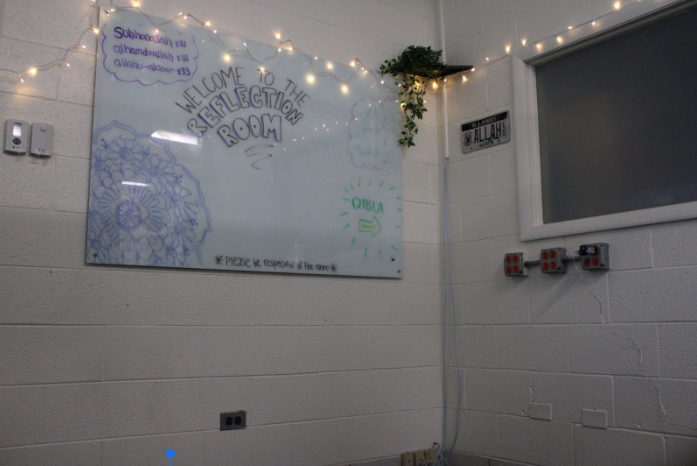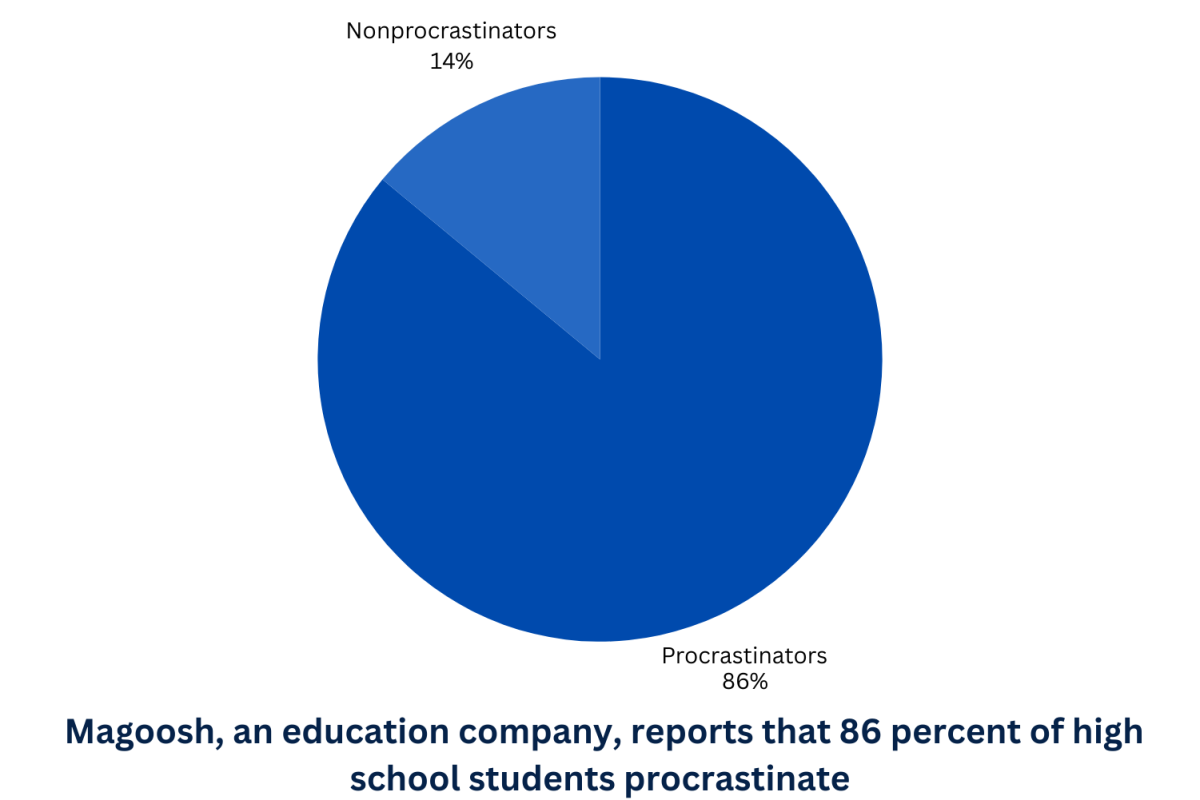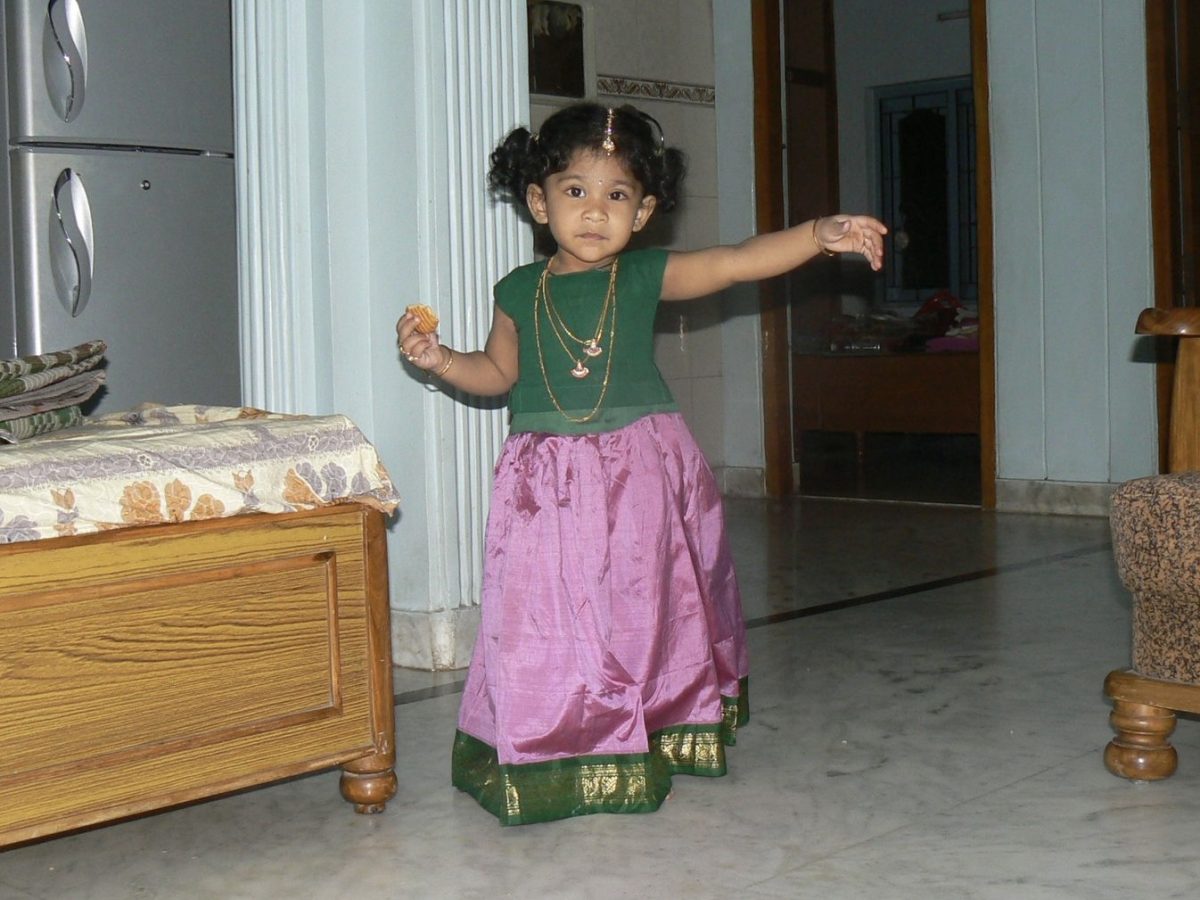For millions of people around the world, the day doesn’t truly begin until caffeine kicks in. A piping hot cup of coffee or tea in the morning, an afternoon soda, or even a late night energy drink in order to meet the next morning’s deadline. However, not all beverages are created equal. So today, I have decided to take on the trivial task of ranking caffeinated drinks based on the following criteria: Taste, variety, and effectiveness.
Coffee ⅘

This energizing drink has sat comfortably at the top of the podium for decades. Millions of people around the world have started their day with a simple pot of coffee, an espresso, or a decadent latte, allowing it to appeal to a wide range of people.
Taste:
Let’s face it, black coffee is certainly an acquired taste. Personally, I don’t mind the taste of plain coffee, but for others, tasting the flavor is a fate worse than death. However, many have been able to make the beverage more palatable with cream, milk and sugar–LOTS of sugar. Therefore, coffee will receive a middle of the road score as its drawbacks can easily be amended.
Variety:
As you could plainly tell from a look in any coffee shop, the variety of coffee-infused drinks can be massive and quite confusing. From lattes to americanos and beyond, coffee can come in any size and any flavor. In the end, coffee has a little something for everyone, giving it tons of variety.
Effectiveness:
Overall, coffee has proven to be a pretty reliable way to get up in the morning. While not necessarily being as caffeinated as energy drinks, only coming in at aprox. 95 mg of caffeine, it sits comfortably in the middle of the road when it comes to its energizing qualities.
Tea ⅗
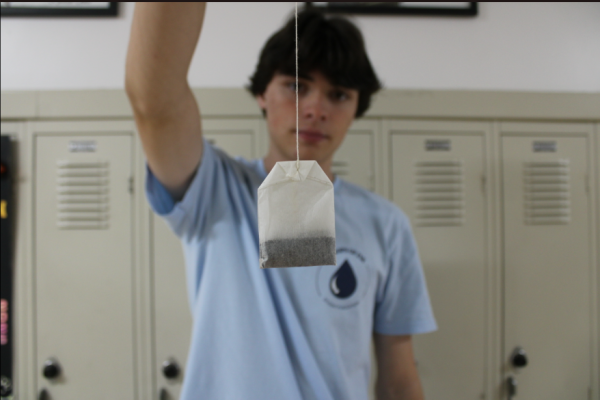
From English breakfast to yerba mate, tea comes in every shape and size and is one of the world’s biggest go-to drinks to get going each morning. Tea is the oldest beverage on this list, clocking in at thousands of years old, and has clearly stood the test of time. However, how does it stand up compared to its newer counterparts?
Taste:
Much like coffee, bitterness is an unavoidable quality of tea. Its herbal qualities are appealing to some, but can be offputting to others, who may add pounds of sugar to their iced tea or earl grey. In the end, tea’s edge of bitterness is what makes it so versatile, separating the beverage into something to savor or to sweeten.
Variety:
While not quite as confusing as a handwritten coffee shop menu, teas can come in black or green, herbal or sweet. Within this assortment lies something for everyone, whether they prefer bold, mellow, fruity, or earthy undertones in their cup.
Effectiveness:
Overall, the caffeine content in tea lags behind its competitors. Standard black tea comes in at aprox. 47 mg, about half the amount in a cup of coffee and a quarter of some energy drinks. Additionally, most herbal teas have no caffeine at all. This means that tea is a good option for some, but not for others who may have a high caffeine tolerance.
Energy Drinks: ⅘
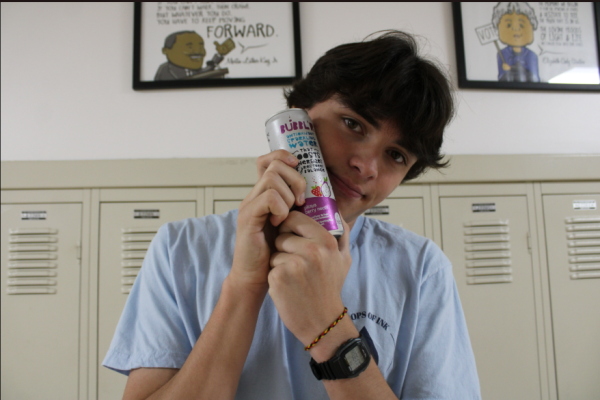
The new underdog in the caffeine competition, energy drinks have grown exponentially in popularity over the past few decades. Generally, younger people embraced the new beverage while older generations have looked on with disdain. However, will these drinks be able to unseat their centuries-old rivals?
Taste:
The taste of most energy drinks are much more appealing to people who may not appreciate the bitter qualities of coffee or tea. Additionally, energy drinks can come in a wide range of flavors, meaning that the beverage can appeal to a wider range of palettes.
Variety:
Let’s face it: the types of energy drinks on the market are endless. Hundreds of brands line shelves of supermarkets, allowing for seemingly endless choices. These can range in flavor, size, and sugar/caffeine content. Because of this, energy drinks rank high on the variety scale.
Effectiveness:
As their name may suggest, energy drinks have quite a bit of caffeine, sometimes dwarfing their competitors when it comes to their energizing qualities. While some only have about 60mg, others have upwards of 200mg. This means that there’s a little something for everyone depending on their tolerance for caffeine.
5 Hour Energy Shots: ⅕
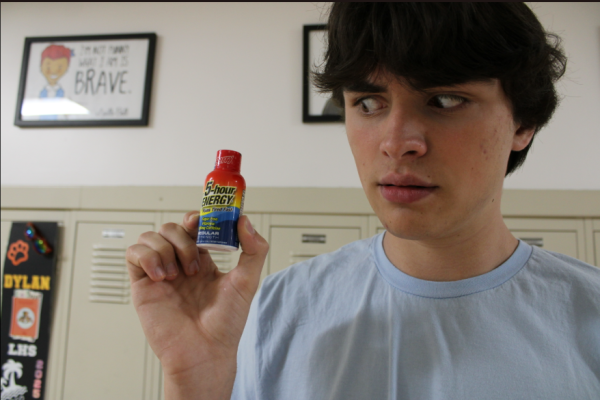
Finally, one wild card entry on the list is 5 Hour Energy shots. We’ve all seen these little bottles by the checkout at the store, but how many of us have bothered to actually use these quick fixes of caffeine?
Taste:
While far from bitter, some describe the taste of 5 Hour Energy as medicinal and syrupy. This may put off some who don’t want to start their day with a shot of artificially sweetened sludge. However, the people using 5 Hour Energy most likely aren’t drinking it to savor.
Variety:
While the shots do come in a few flavors, the one brand offering this “beverage” doesn’t offer a very wide range of options. This results in a very small group who this product appeals to. Essentially, if a quick fix is what you’re looking for, that’s all you’re gonna get with 5 Hour Energy.
Effectiveness:
What 5 Hour Energy lacks in taste and variety, it makes up for in its ability to get the job done. This product manages to fit 200mg of caffeine into a tiny bottle, allowing people with not a lot of time to get their fix. Overall, what it lacks in bells and whistles, it makes up for in functionality.
At the end of the day, life never slows down. There are always more classes to attend, meetings to sit through, and emails that won’t reply to themselves. What gets us through those moments is really up to the individual. Some of us will crave bold hot coffee while others will reach for a bubbly energy drink, and while each has their drawbacks, one truth remains. It all comes down to taste!



